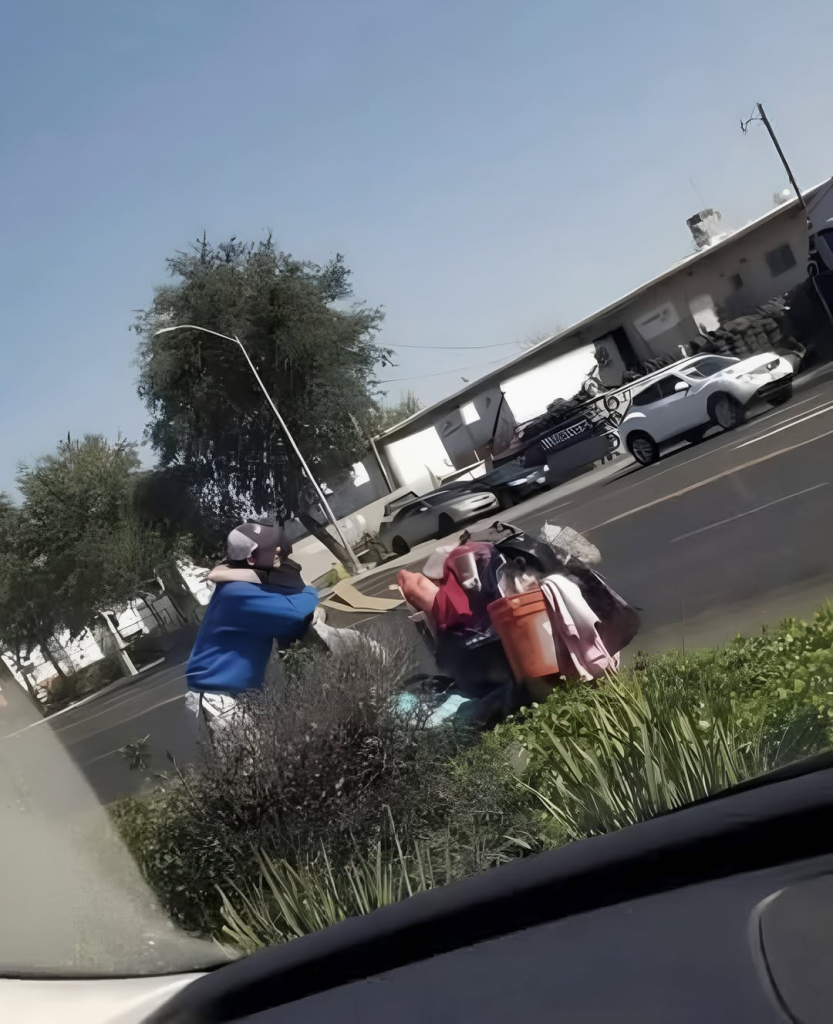Lucas is a 15-year-old high-school student who, by all outward appearances, was doing just fine. One ordinary morning, he arrived at school, attended his classes, and carried on with the routine. But midway through the day something changed. He began to feel unwell — nothing dramatic at first, just a sense of fatigue, maybe a little light-headed. His teachers noticed he looked a little pale. He told himself it would pass.
By the time lunch rolled around, Lucas wasn’t just a bit off — he felt faint, his heart raced, and a wave of nausea swept over him. His mom, who had been alerted by the school’s nurse, received a call: Lucas needed to go home and be checked out. She dropped everything and rushed to the school. When she arrived, she found her son slumped in the waiting room, his face drawn, his shoulders slumped. She felt a surge of panic.
The journey to the emergency department was tense. In the ambulance, they listened to his breathing, monitored his pulse, and his mom stared at the ceiling of the vehicle and prayed. At the hospital he underwent a series of tests: blood work, electro-cardio monitoring, scans. The doctors looked serious. What had started as “just feeling unwell at school” became something far more urgent.

It turned out that Lucas was suffering from a rare complication — one that initially mimics mild symptoms but can escalate rapidly. His oxygen level was dropping. A clot had formed, blocking a critical artery. The hospital staff explained that had he stayed in class much longer, the outcome might have been far worse. His mom listened, stunned, as they described how quickly things could go from “just off” to “life-threatening”.
Over the next 48 hours, Lucas was closely monitored. He received medication, underwent a procedure to remove the blockage, and stayed in intensive-care for observation. His classmates visited, stunned to see him hooked to machines, more vulnerable than anyone expected. Teachers took turns checking in. His mom paced the corridor nights, clutching a mug of cold coffee, replaying the moment she got the call, thinking “if only I’d acted sooner”.
Gradually, Lucas improved. His colour returned, his body regained strength, and the medical team started talking about a discharge plan. But the experience left a lasting mark — on him, on his mother, on the school. They now speak differently about “feeling unwell”. They realized how crucial early recognition of symptoms is, how an ordinary school day can hide extraordinary danger, how a family’s life can change in a heartbeat.
Lucas returned to school after a week, walking into the hallway under the gaze of curious classmates. Some whispered, some nodded. But everything felt different. For Lucas, the normal chatter, the locker visits, the tests, even lunch break — they all had a new weight. He caught himself looking at the classroom clock, the hallways, thinking how quickly a day you take for granted can spiral. His mom now keeps a more vigilant eye, his school nurse now carries new protocols, and the whole community learned the hard way: when a youth says “I don’t feel well,” don’t dismiss it.
In the hallways now, there’s a quiet awareness. A student feeling light-headed, a friend noting paleness, a teacher pausing to ask, “Are you okay?” Because Lucas’s incident taught them that awareness can mean the difference between a scary story and a tragic one.
Lucas is back, recovering well, but changed. He speaks of gratitude — to his mom, to the paramedics, to the doctors. He also speaks of caution: he listens now to his body, doesn’t brush off fatigue, doesn’t assume “I’ll be fine.” His story ripples outward: families are talking, schools are training staff, students are paying attention. What began as a typical school morning became a wake-up call for everyone involved.